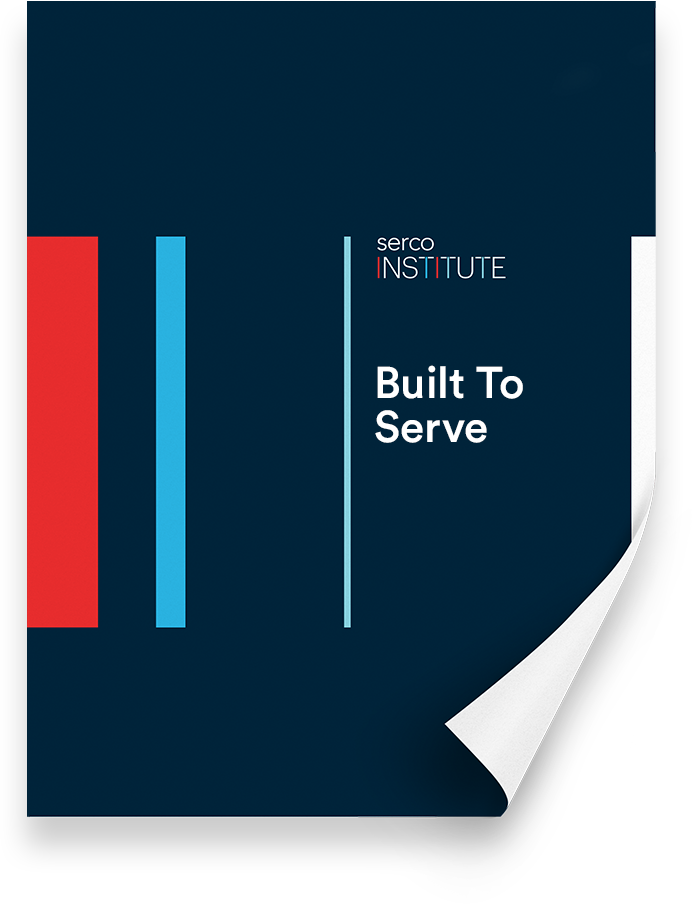
This is the conclusion that emerged from conversations with service providers involved in the delivery of public-private partnerships in the UK. The original catalyst for this research was a report released by HM Treasury in 2006 that examined the performance of construction, hard FM (facilities management) and soft service elements of operational PFI projects. The report questioned whether soft services had delivered the same ‘step change’ and value-for-money benefits that have been identified for the hard FM and construction elements of the projects.
Closer examination revealed that the evidence on this question is somewhat limited so that it is dif cult to draw strong conclusions. Moreover, there appear to be a number of different reasons why PFI contracting might not have captured the same value-for-money benefits from soft services as from construction and hard FM.
One of the most important explanations is that PFI contracting has been concerned overwhelmingly with the construction of physical assets, and in many cases, procurement officials have not actively pursued innovation in service design. Nevertheless, in several markets – prisons, defence, and more recently in some parts of health – service providers have been placed at the heart of the contracting process, increasing the scope for service innovation. Insights from these markets form the starting point for the analysis in this report.
In an attempt to understand the benefits brought through the integration of asset design and service design, the Serco Institute spoke to individuals involved in the planning and management of soft services in PFI projects. The research took the form of face-to-face interviews with operational experts from Serco’s businesses. Individuals were encouraged to speak freely about their experiences with the inclusion of soft services in large capital projects.
All respondents were surprised to be asked whether the integration of soft services in PFI projects offered value for money. As service providers, they observe first hand the considerable benefits in terms of efficiency, innovation and service quality that come from including soft services as part of a global solution.
They were in no doubt that the best outcomes from large capital projects are usually achieved through a solution driven by service considerations. This short paper picks out some key themes revealed in those interviews. While we have given structure to their responses, we have let these individuals speak for themselves, frequently using direct quotations.
